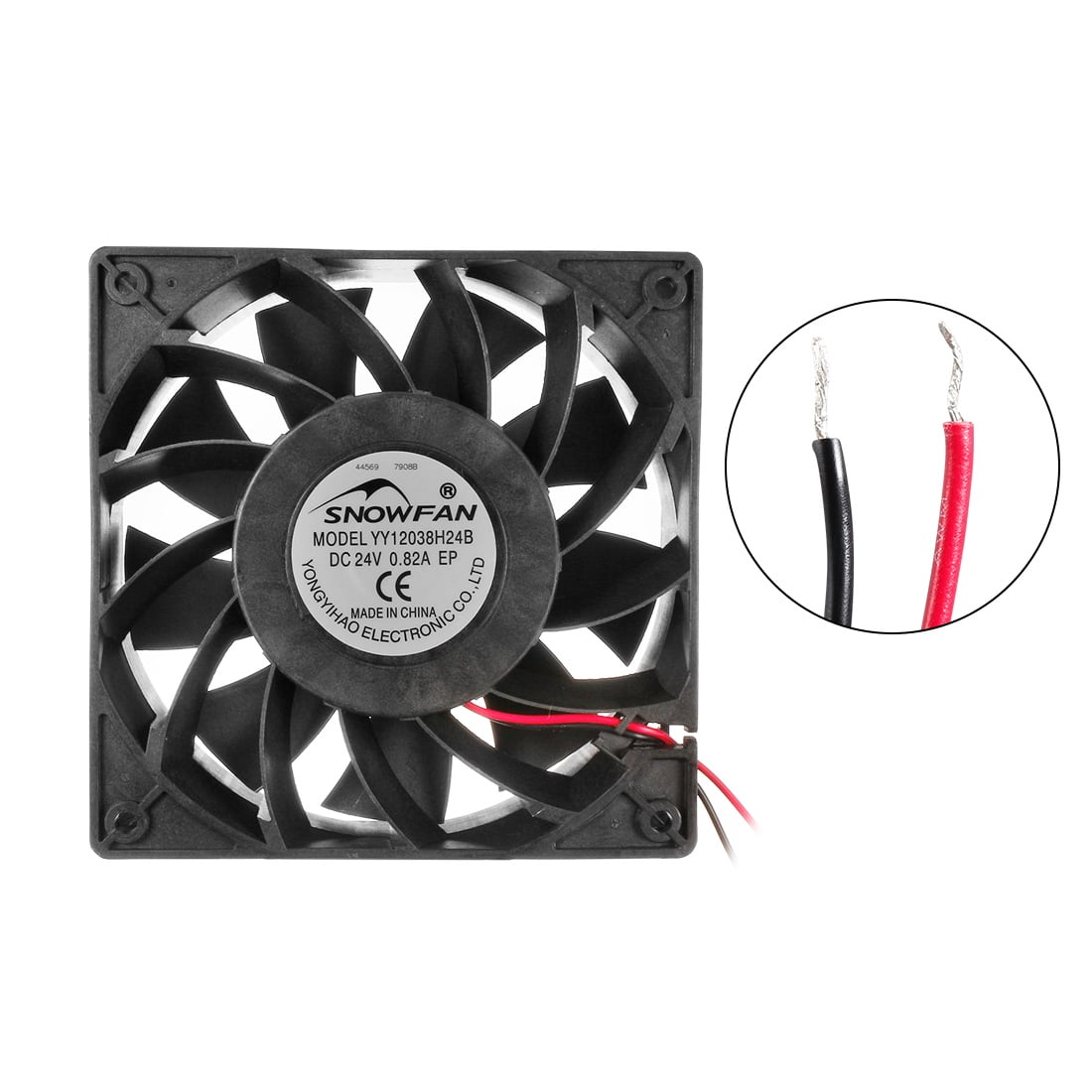
I want to make a brisket smoker for the everyman, and then I want to sell them to untanned northerners who have never had authentic Texas Bar-b-que. and every time you open the cooking chamber you add 15 minutes or more to the cooking time. More air in, less air out, add more wood, etc. You have to mess with it at least once an hour. If anyone here has every smoked meat, you will understand how tedious and time consuming it can be.
#Bbq cfm airflow full
The whole point of this device is to slow-cook or smoke a brisket for the full 10 hours with ZERO involvement from the Human Operator. At that point the LP gas circuit "kicks in" and finishes the job with a warning light (or other signal) sent to the Human Operator that the firebox is out. The system will detect that there isn't enough heat coming from the firebox for a extended period of time (say you give it full maximum air for 20 minutes and the cooking/smoking box temp falls continuously during that time. I'm also considering making a "deluxe" model, which will incorporate LP gas in order to strictly regulate the temperature no matter what the firebox is doing (say it runs out of fuel after 6 hours and you need heat for another 4 hours). Wasted fuel may mean having to interrupt the cooking/smoking process in order to add more, which increases the cooking time. Significant fluctuations in temperature wastes the fuel (wood), burns and dries-out the meat (too hot), and increases the cooking time (too cool). It is also my thought that strictly regulating the firebox by it's air intake will increase the efficiency of the burning. Example, a brisket (or "Apron Steak") might take 8 to 10 hours. But this kind of complexity is why I'm looking at Arduino, as it is my assumption that once the system is physically established and running, programming changes should be able to produce the desired effect, which is a constant 225 deg. This is my initial approach, and is subject to change. Instead of having (for example) 20 cfm for 2 minutes, the fan might need to run at 10 cfm for 4 minutes, before the temp rises to (for example) 235 F, and then the fan comes down to a normal "sustenance" rpm and cfm. There will need to be some physical screening, but also some rpm limits on the motor to limit cfm airflow in order to limit the ash traveling out of the firebox. My thinking is that a full firebox that is fully involved in the burning is going to need a lot less air than an almost empty firebox that is fully involved in the burning.Īnother thing to consider is that I don't want so much airflow that ash from the firebox gets into the cooking/smoking chamber and gets on the meat. The point here is that there are variables to consider. this is all very rough and may be illogical. Very little wood + moderate burning = lots of airĮtc. Very little wood + poor burning = lots of air Moderate wood + moderate burning = moderate air Lots of wood + poor burning = lots of air Here's a little table to make this more clear:

The whole purpose of the system is to maintain temperature at exact 225, and depending on how much wood is in the firebox, and how well it is burning at any give time, will determine how much air needs to be forced into the firebox. inside the cooking/smoking chamber as an "Emergency Off" situation, where the whole thing is choked down to zero airflow for as long as it takes for the temperature to come down to say 200 deg.

So there will be a minimum "always on" level for the fan, with an emergency "total off" state in case there is a fire in the meat smoking chamber (grease, and the temps could surge to 500 deg. There will be no passive air flow so without the fan moving a minimum amount of air, the fire (coals, really) will die. The design I have imagined relies 100% on forced air flow.

Okay so first I don't think this is going to be "binary" on/off control.
#Bbq cfm airflow driver
Try to find a suitable motor driver module for your motor, with a digital PWM input or other means of digital control.įinally you write the code that converts the actual temperature difference into an output signal for the motor driver module. A solid state relay (SSR) can be used to turn the the motor on and off, best with an isolated (opto coupler) input.ĪC motors can require different circuits for analogue speed control, depending on the motor type. An Arduino can do the same, if a suitable temperature sensor (NTC, thermo couple.) is provided. A simple solution will use a (bimetal.) thermo switch, to turn the motor on and off.


 0 kommentar(er)
0 kommentar(er)
